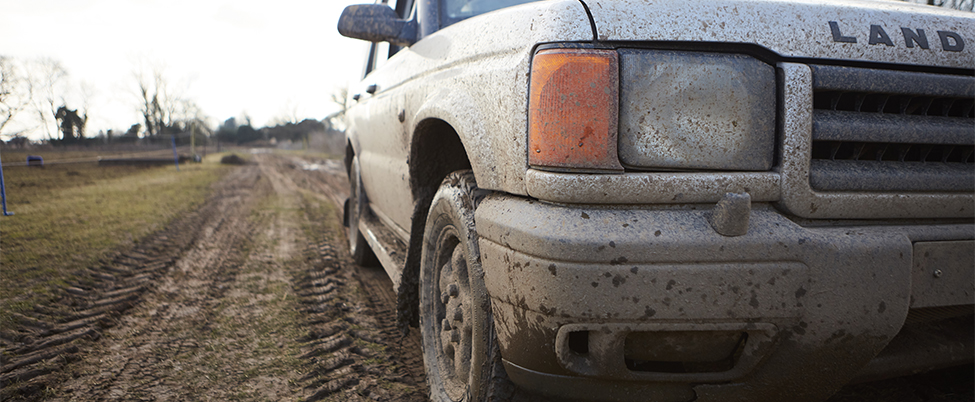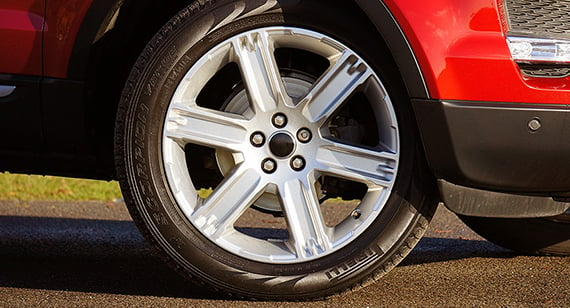Lifestyle
Off-road driving techniques

Tips for 4x4 owners to cope with off-road hazards
In recent times, 4x4 vehicles have become more commonly associated with on-road driving than off-road driving — but take the time to learn some off-road driving techniques and you’ll be able to tackle the toughest of terrain.
Below are some of the basic off-road driving techniques you’ll need to master in order to drive safely and confidently. Such techniques form the basis of 4x4 driver training courses — which are advisable for all those wishing to take their 4x4 off-road.
Steep inclines
Steep hills are the most common obstacle for off-roaders, and can be highly dangerous. Never travel up an incline unless you are sure there is a clear exit at the summit.
Also check in advance that there are no hazards on the way up — when you’re driving uphill you’ll be able to see very little other than clouds and sky.
When you’re ready to advance, select second gear and take a short ‘run-up’ at low speed. Begin the incline at walking speed, and continue at the same pace all the way to the top. Drive in a straight line.
On the downward slope, drive in first gear and let engine-braking carry you down slowly. Approach the bottom too quickly and you could find the front end of your 4x4 buried in the ground.
Crossing water
In rural areas, large bodies of water can be as much an on-road hazard as an off-road one. In times of flooding, the following off-road driving techniques could apply to both disciplines:
You should only attempt to drive through floodwater if you have no other option — it is impossible to know what hazards lie beneath the water’s surface. Maintain a slow but steady speed, moving only quick enough to create a small bow wave. This helps to avoid flooding the engine.
Once you’re clear of the water, check that your brakes are working as they should be.
In off-road situations, you’ll need to try and gauge how the land lies underneath the water. If you cannot be sure of a firm, driveable surface underneath, the water hazard should be declined.
Land Rover offers the following tips:
- Don’t drive into water unless you really have to
- Assess the depth of the water
- Wait until vehicles ahead have left the water
- Drive through the water very slowly at first, then build up momentum
- Ease off the accelerator as you reach the other side
- Never attempt to cross deep, fast-flowing streams.
Deep mud
Driving through deep mud is something many farmers and rural workers have become accustomed to — here’s how to do it effectively.
Build up a little speed before hitting the patch of mud and drive as straight as you possibly can. The mud will naturally slow your progress, but try to keep your speed up and your gears high.
Should tyres start to slip and spin, ease your acceleration. If your tyres can’t find any purchase at all, try turning the steering wheel a short way left and right in quick bursts as you accelerate — one of the harder off-road driving techniques to perform effectively.
If you anticipate crossing very deep mud, it can be worth letting a little pressure out of your tyres to increase traction. Remember to re-inflate to the correct pressure after passing the mud – and clean any clogged mud from your tyre treads.
Advanced driving techniques
To learn more advanced off-road driving techniques, 4x4 driver training courses are essential.


